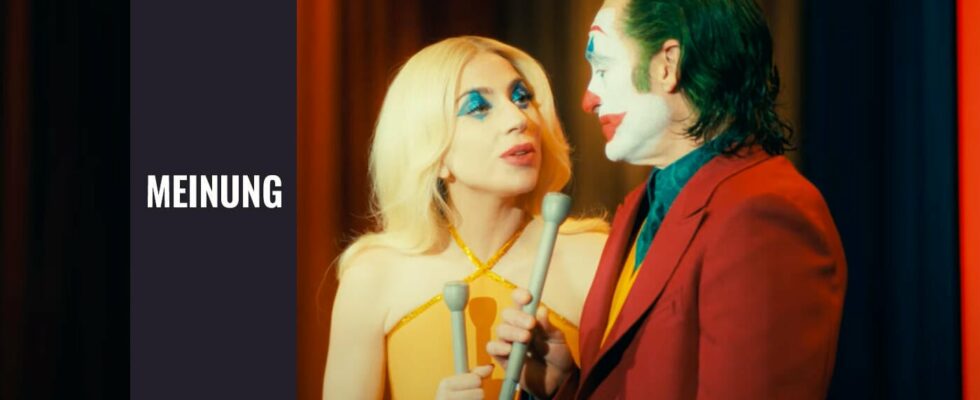Five years ago, Hangover director Todd Phillips and the Warner Bros. studio achieved a sensational success with the DC film Joker, which grossed over a billion dollars worldwide. A sequel was not necessary in terms of content, But it was inevitable due to the hype.
Joker 2: Folie à deux has now been released in cinemas in 2024 and most fans are likely to react negatively to the sequel between amazed and frustrated when watching it. But despite its weaknesses, the sequel has to be exactly the same in order to be able to enrich its celebrated predecessor in an interesting way.
If you haven’t seen Joker 2 yet, this is the place to be following spoilers warned.
Joker 2 ditches the spectacle factor of Part 1 to make Arthur Fleck visible
The first Joker film sparked great debate about the portrayal and actions of Arthur Fleck (Joaquin Phoenix). Humiliated by society and at the bottom, he became a multiple murderer and almost incidentally pushed into the iconography of the legendary Batman villain.
Phillips’ first part really wanted to break away from franchise connections and replace the proximity to the comic book with an independent one Mixture of 70s-style thriller and darkest psychogram to exchange. Along the way, Joker also looked at a society that allows itself to be infected and ignited by unpredictable anarchy and cathartic violence.
Joker 2: Folie à deux now goes even further and almost aggressively sabotages sequel expectations. After the sequel was announced as a 200 million blockbuster with musical sequences and Lady Gaga as Harley Quinn, the astonishment was already great.
But the finished film that Joker 2 ultimately became is even more idiosyncratic and unwieldy. Anyone who hoped that Todd Phillips, Joaquin Phoenix & Co. would further explore the thin line between reprehensible psychopath and broken anti-hero that Joker danced on will quickly be disappointed.
Instead, the first half of Part 2 comes across as a greatly reduced prison drama, in which a small remainder of the plot is spread out like an overlong epilogue to the predecessor.
Character ambivalence and a story that, like in Joker, leads to various locations in a big city are exchanged for the pitiful remainder of existence that Arthur is still allowed until the upcoming court hearing. With the usual great images from cameraman Lawrence Sher and accompanied by the dark, melancholy sounds from Hildur Guðnadóttir’s score, Joker 2 comes as Depressing, slow swan song to the myth of the comic character therefore.
Arthur shrinks back into a helpless nobody who only has a reason to exist through his infamous acts of violence from Part 1. But Joker 2 wants to noticeably banish the title character from his life, just like Phoenix’s character himself.
The Joker myth is consistently picked apart and buried in the sequel
Anyone who thought that Joker 2 would build up the relationship between Arthur and Lee aka Harley Quinn as the anti-hero duo on a big gangster tour will get a harsh reality check from Phillips. The female newcomer to the film with whom Arthur meets fantasized musical numbers with usually a short half-life escapes, is also simply obsessed with the myth of the Joker.
The trial, which takes up almost the entire second half of the running time, only replays on the surface the most tragic and shocking events from Part 1.
It seems as if Phillips and his screenwriters are reminding the audience again and again and again and want to ask themselves: “Have you forgotten what Arthur did? How could you side with this murderer for even a second?”
Narratively and dramaturgically, Joker 2 repeatedly stumbles due to this approach of limiting itself almost exclusively to Arkham Prison and the courtroom. Instead of an even more expensive spectacle based on the higher-faster-further principle, the sequel prefers to spend too long circling around snippets of plot. In the end they become consistent Swan song for the Batman villain composed as a symbolic image.
If Arthur spoke of himself as the Joker in the last scene and was rebuffed by Lee and bled to death on the floor after being ambushed by a delusional fellow inmate, it is Joker 2 via bumpy detours we got to where Phillips perhaps wanted to be from the start: There is no Joker.
The fact that the billion-dollar hype of the first part and a noticeably reluctant sequel brought him to this point is perhaps the final punchline of this DC saga.
